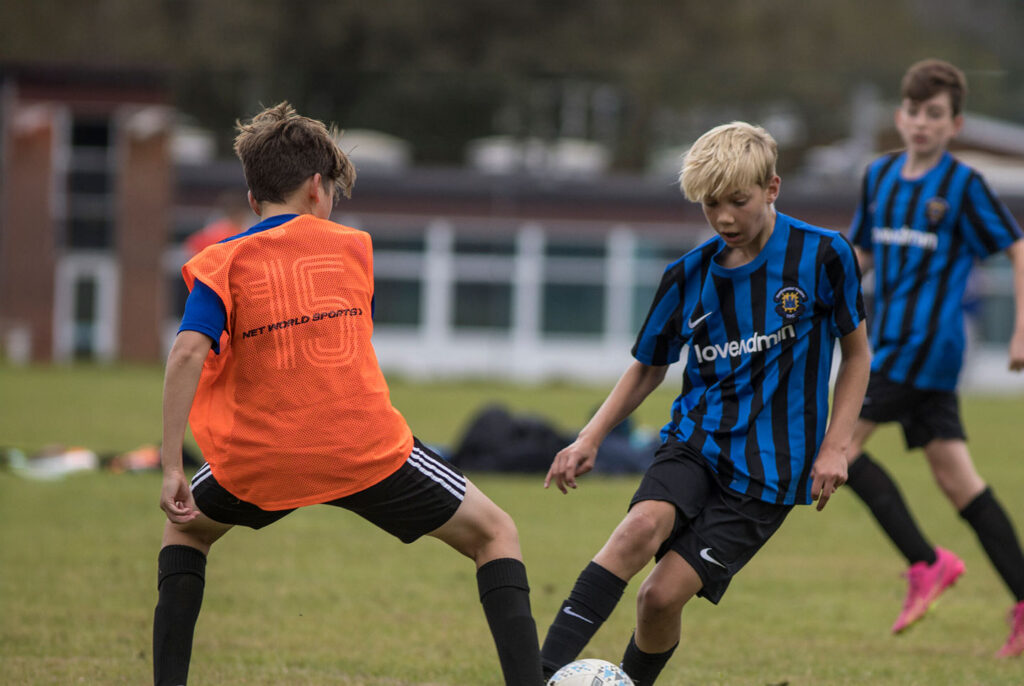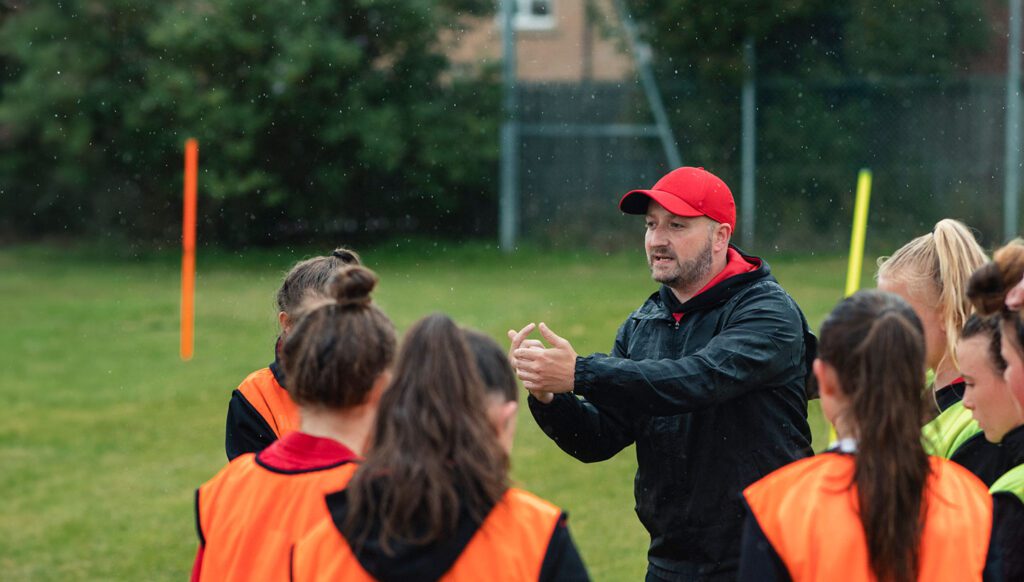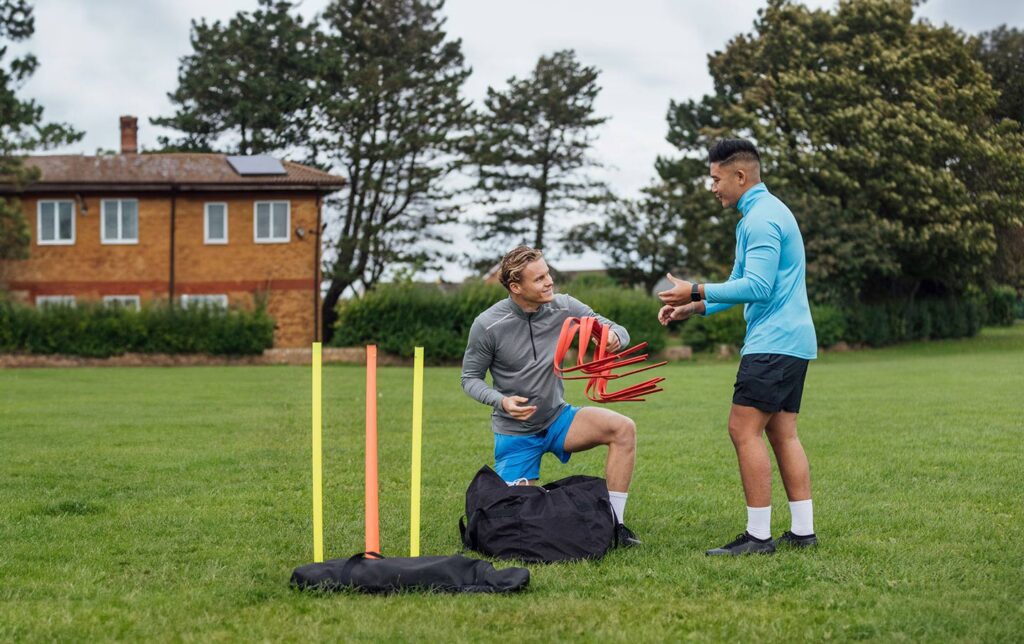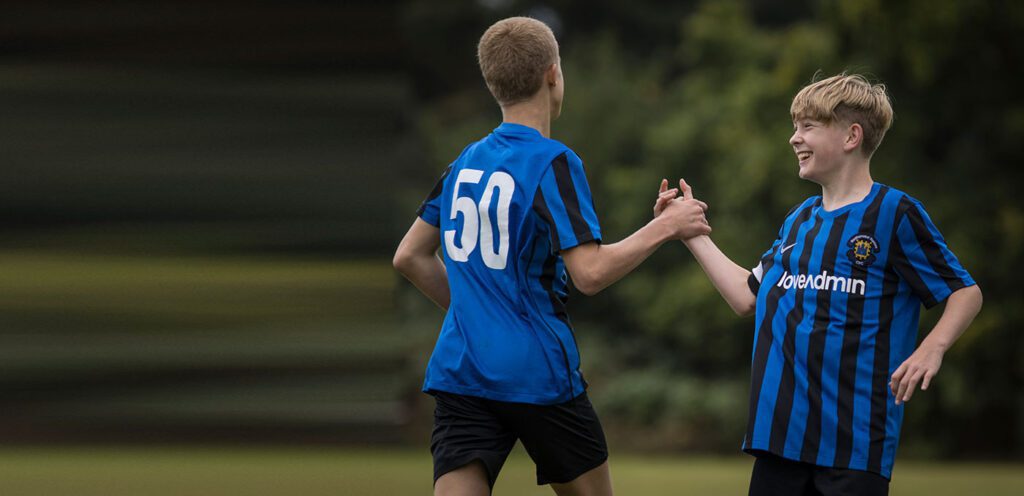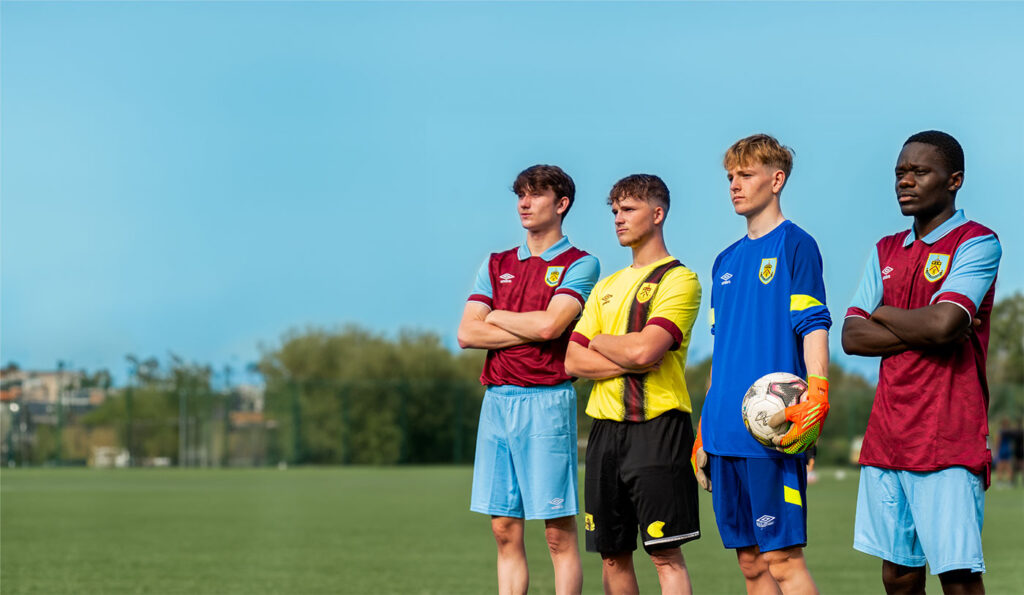Welcome to the fifth and final part of our Sponsorship series, in which we cover the basics of creating successful, long-lasting sponsorships for your grassroots club.
So far in the series, sponsorship expert Mark Cornish has explored:
- The difference between a sponsorship and a donation
- How to best showcase your membership profile to potential sponsors
- What assets you can offer prospective sponsors to raise more revenue for your club
- Who to approach about a potential sponsorship, and how to approach them
In this final article, Mark addresses the last step in the process of signing a new sponsorship deal: how to set a pricing strategy. Why not check out our free sponsorship ebook?
What to think about before setting your sponsorship pricing strategy
There is an art and a science to sponsorship pricing. And although there are standardised methods and evaluations to follow, there is no ‘rate card’ that can be applied to any sponsorship scenario.
We explore some general, benchmark figures for particular sponsorship assets later. But before we delve into pricing strategy setting, there are three things you need to consider first:
1. Understand your local sponsorship landscape
The first thing you need to do is research your local sponsorship landscape. Find out what other commercial opportunities are on offer to companies within your area – whether that’s other clubs, or advertising in the local media. These alternative mediums are a form of competition for your club, as they are all different routes for companies to invest their money.
If you visit your council’s website, you can easily search for the marketing opportunities available in your area. This is a great way of discovering who your local competitors are, and what they are charging for their sponsorship assets.
Conducting this research helps you better shape your sponsorship pitch and pricing strategy in a way that is appropriate for your local area.
2. Familiarise yourself with your potential reach
Remind yourself of the reach your club can provide to potential sponsors. That includes the number of people in your CRM database, your social media following, and also the amount of website traffic you receive.
Total these numbers into one overall figure. That way, when a potential sponsor enquires about your reach, you can easily and quickly provide that one, simple figure – without risk of disengaging with a slow response, or bogging them down with multiple figures.
3. Familiarise yourself with your frequency of reach
Also remind yourself how frequently you have access to your members. That includes the number of matches or competitions they participate in, how many training sessions they attend, how many emails you send out, your following on social media, etc.
On average, most sports clubs have a reach frequency with each of their individual members of around 30-50 per year. One of the reasons why this figure is so important is because it demonstrates to companies the benefit of a sponsorship deal over other mediums, such as advertising.
Advertising provides a one-off marketing opportunity, whereas the frequency of your reach provides them with the ‘engagement factor’. Your members interact with your club regularly, which generates engagement that has a much greater impact on ROI (return on investment) for potential sponsors.
So remember, your frequency of reach is the number of opportunities a sponsor has to engage with your membership, and the amount of awareness their brand will receive.
Assigning costs to your sponsorship assets
Now that you’re familiar with the local landscape, and average sponsorship costs in your area, you can start to build out your pricing strategy.
But don’t just take into account the cost of competitor prices; ensure you also explore the value of your own assets.
This varies from club to club depending on the size and sport. But let’s take a look at some approximate figures you can charge for your sponsorship assets.
Example asset prices
Bear in mind that these examples are based on clubs that have between 20-40 teams across all age groups – from youth to adult – with an established committee and recognition from the local governing body. The example prices also assume that the club has a clubhouse, with facilities on site, a website and active social media accounts. Hopefully this will help you to gauge how your club compares, so you can adjust prices accordingly.
- Front of shirt kit sponsor – if this is something you can offer across all of your teams, you can charge anything between £5,000-£20,000 per year. Of course, the more teams you have, the higher you are up that scale
- Shirt sleeve/back of the shirt/shorts kit sponsor – this is slightly less than the front of shirt price; between £1,000-£3,000 per year
- Advertising boards – you can charge between £200-£500 per year, per board. Remember that in the first year, you have the additional cost of needing to get the board designed and installed. But you will make your money back by charging sponsors to feature on the board
- Social media campaigns – these need to be planned in advance; you shouldn’t bombard your members, so share a maximum of one post per month, per sponsor. You can price these at £100-£500 for a year of social media posts
- Clubhouse branding – this includes product placement, pop-up banners, etc. Charge £100-£500 per year for these to be installed in the clubhouse through the season
- Matchday sponsorship – if you have adult teams, you can charge £50-£150 per match for sponsoring a matchday programme
- Events – such as presentation days and tournaments. Ask for £200-£500 per event for an event sponsor. This is something that can be built into your sponsorship package alongside other assets
- Stadium – naming rights for your stadium and stands can be priced at anything from £5,000-£20,000. If this sounds like a lot, then you have probably been underselling yourself in the past; you get a lot of people visiting your stadium, as well as media coverage, so it’s an expensive asset
Of course, these prices vary depending on your club’s size, and the social and economic climate of your local community. But these asset costs are indicative of current deals within the sponsorship marketplace.
Planning your pricing strategy
Now that you’re familiar with your asset prices, and you’ve researched the local sponsorship landscape, you can start to build out your pricing strategy. But when you do, remember these seven things:
1. Establish a club sponsorship manager
As we’ve discussed previously in part four of this series, it’s important to find the right person within your committee to assume the role of sponsorship manager for this process. That could be someone with a marketing background, or perhaps someone currently studying business and looking for some hands-on experience. This person needs to have a good understanding of sales and marketing, and be very enthusiastic about your club.
Don’t forget you need to incentivise this person financially – whether that’s providing commission or perhaps reductions from their membership fees.
Remember that sponsorship is not a short-term business decision; it’s a matter of managing long-term relationships. So your sponsorship manager should ideally be someone that is willing and prepared to hold the position for a while.
2. Personalise your sponsorship packages
Be creative with your approach to each potential sponsorship. As we’ve talked about before, always bear in mind and understand what the company’s objectives are by sponsoring your club. Are they looking to increase their brand awareness? Or generate more sales and leads? Ensure you’re clear on this, so that you can identify which assets are most relevant to them when compiling the sponsorship package.
3. Share your research with potential sponsors
All the research you conducted earlier about your competitors and local landscape should be shared with your potential sponsors. This not only saves them a job, but it also allows you to highlight the benefits of sponsoring your club over other local opportunities.
4. Develop media partners
It’s worth noting that not all media companies are going to be competitors; you can work with the local press to develop relationships and increase your awareness. Developing these relationships will provide you with the opportunity to advertise your company – whether that’s on the radio, online or printed press.
5. Raise your online brand
Build your digital presence and online brand by engaging with prospects. Identify local influencers and influential brands so that you can follow and like/comment on/share their social media posts. This helps to raise your profile and boost your awareness among potential future sponsors.
6. Provide context to justify payments
A great way to sell your pricing strategy to potential sponsors is to provide context for prices. For example, informing a car dealership that once they’ve sold one car, they’ll have made their money back from their sponsorship investment in your club.
Being able to share information like this helps the company understand the business benefit of investing in you. You’re also demonstrating the research you’ve conducted – and your level of interest in the opportunity.
7. Set sponsorship income targets
Finally, set yourself a target for the financial impact you’d like to achieve through your sponsorship opportunities. For example, increasing sponsorship income by 30% year on year. It’s great to have an aim, and as long as you follow the advice in this series there’s no reason you won’t achieve it.
–
We’ve now reached the end of the Sponsorship series. Hopefully, you’ve found these blogs helpful, and now feel confident to begin your club’s sponsorship journey and raise more revenue.
If you’re involved with a gymnastics or football club and would like to hear more about sponsorship and discuss with fellow committee members, join our dedicated Facebook Communities:






